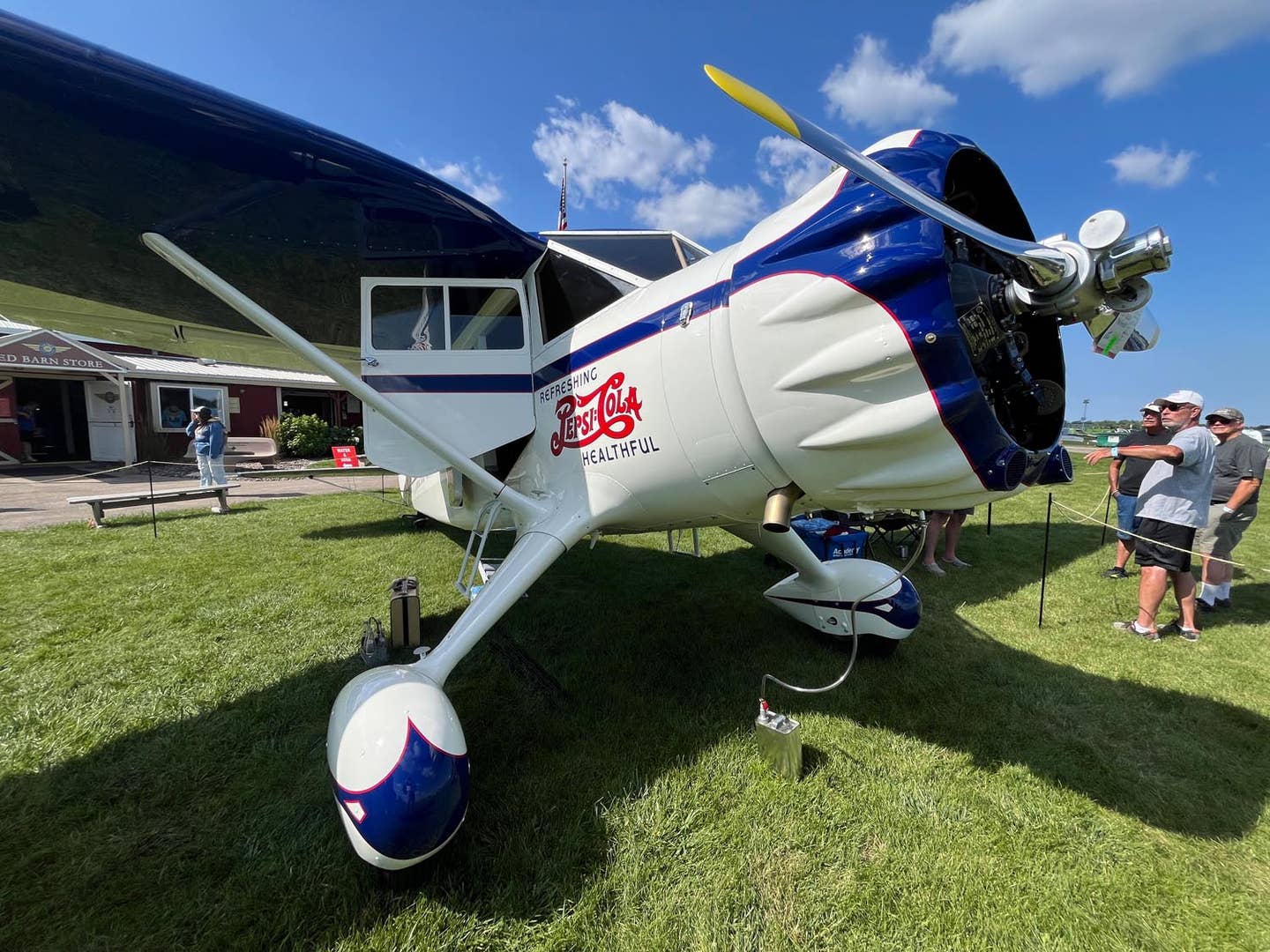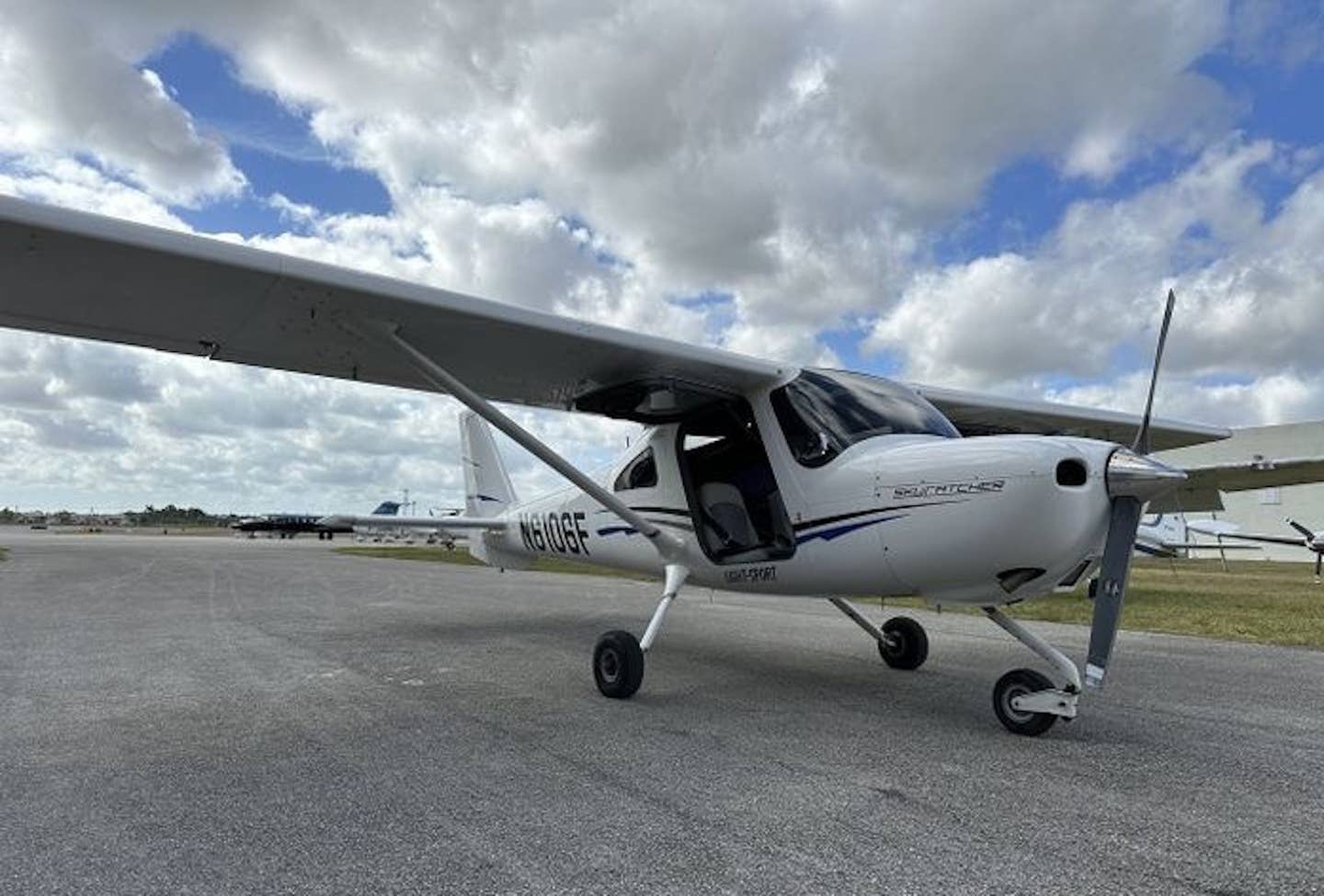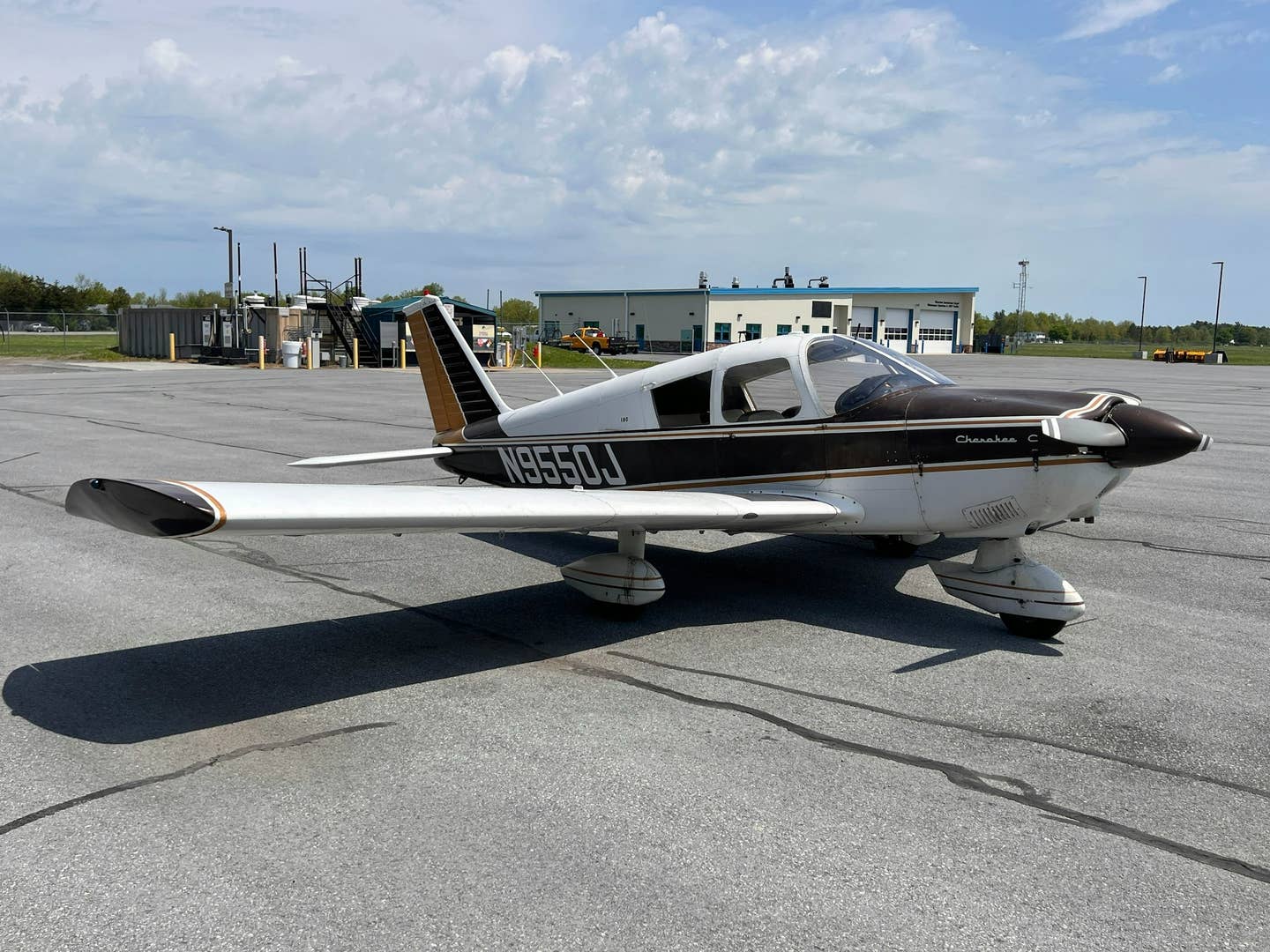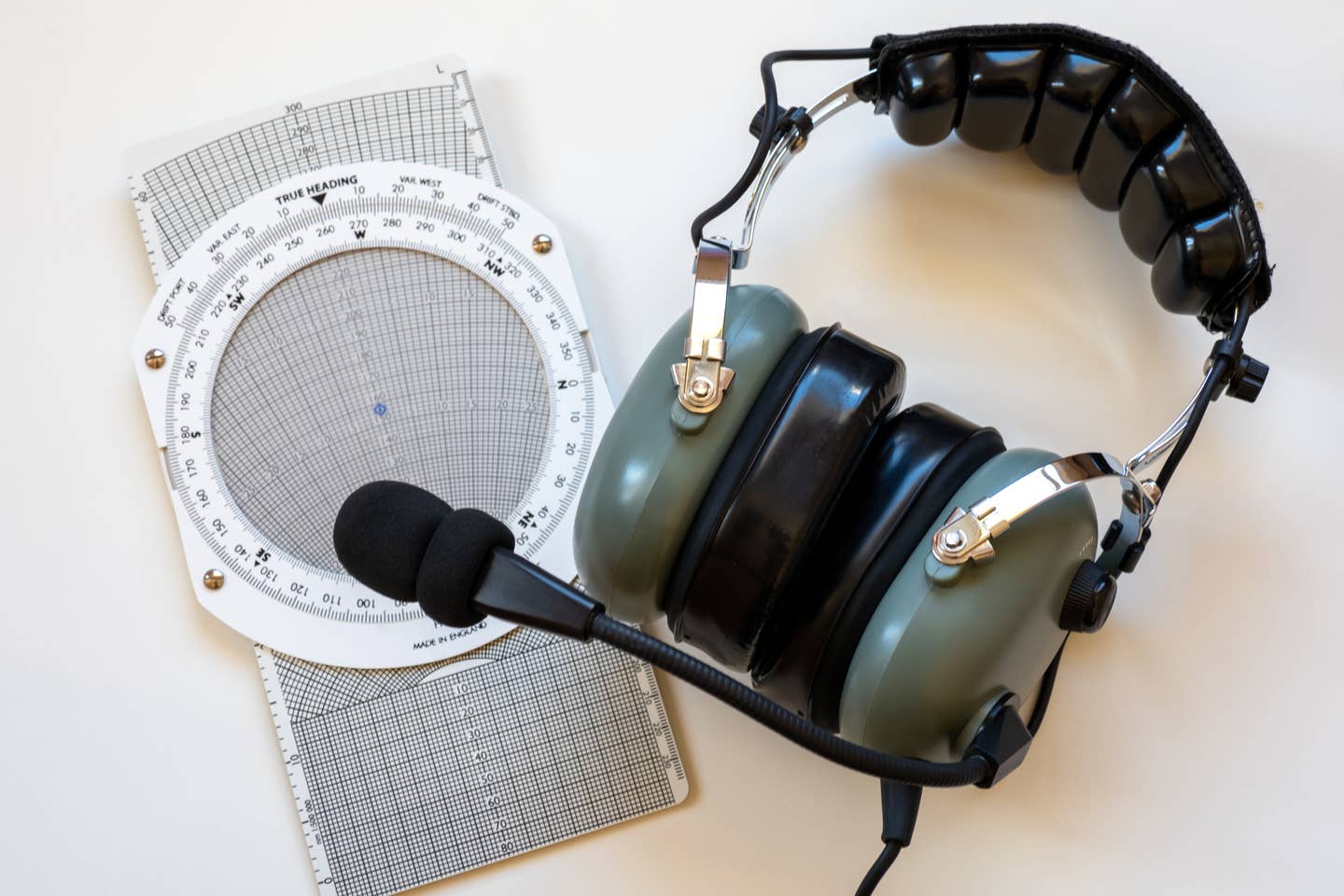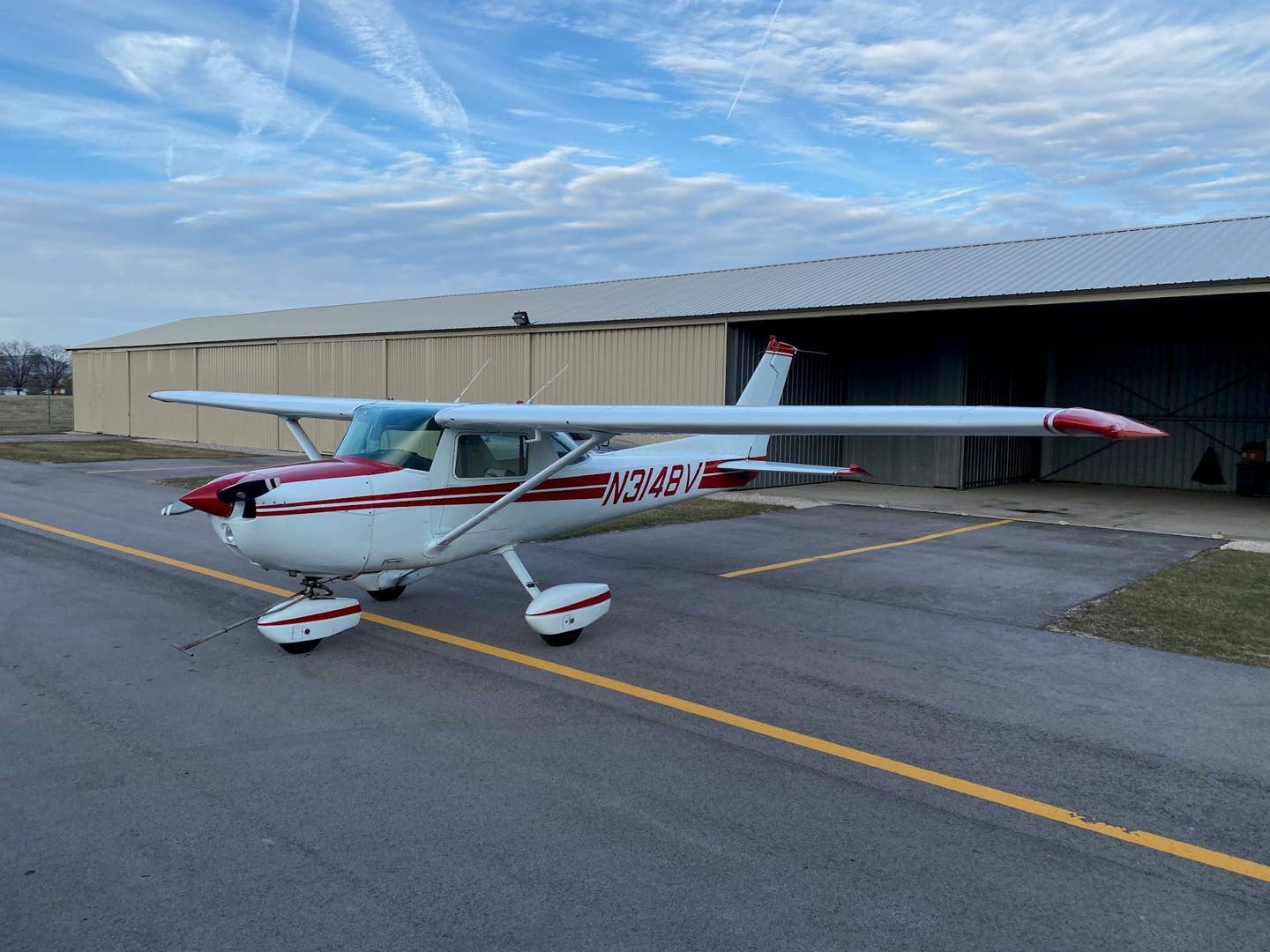Words Aloft: Test Pilot, Airline Style
The radio chatter was all in Spanish except for our instructions, and as we rolled down the runway beneath a hazy Mexican sky, almost everything felt out of place. The…

Airplanes don’t like to hibernate, and this one had spent years parked in the desert. [image: Adobe stock]
The radio chatter was all in Spanish except for our instructions, and as we rolled down the runway beneath a hazy Mexican sky, almost everything felt out of place. The captain and I were in street clothes. A mechanic was on the jumpseat, videoing the takeoff roll to capture instrument indications. In back, nine more mechanics were spread throughout the cabin, eyes and ears seeking out any anomaly. They had just spent the last three months performing a heavy maintenance check on this bird after it had been parked for more than three years, sidelined by the COVID-19 pandemic. The runway centerline stripes flashed beneath us faster and faster until the captain called out, “V1…Rotate.”
As we lifted off, the stick shaker buzzed in my hands for a long second—an obvious fault. We had flying speed, and I wasn’t pulling aggressively. I still eased a little of the back pressure to give a little extra margin, and the stall warning went away shortly after. We climbed in silence, fully expecting more failures.
Airplanes don’t like to hibernate, and this one had spent years parked in the desert before a crew ferried it to this maintenance base, where it spent 64 days in the hangar. A squad of mechanics—nicknamed the “Pumas”—performed 1,500 tasks to get our bird inspected and airworthy. The Pumas found corrosion in some of the bulkheads and stringers, requiring extensive sheet metal repairs. Seals had become dry and brittle. Electrical issues had cropped up just as we arrived in town for the functional check flight required before our bird could return to service. The original sheet called for an April 30 return to service. We were scheduled for the test flight on May 24. There were a lot of folks at headquarters who wanted this airplane back on the line.
- READ MORE: “Tuskegee Airmen” Plane Returns To Service
Maintenance test flights almost never happen on schedule, and I knew that when I picked up this trip. We’d been deadheaded down with a connection through Mexico City, and the captain received a text from one of the company representatives as we awaited our connecting flight to Querétaro. The electrical issue was taking more time to troubleshoot and by the time we arrived they had pushed our test flight to the next morning. We went to the hotel and tried again the next day. We powered up the airplane and started our preflight checks. Something was amiss in the elevators—I could feel binding on the control check, and the indication only showed one elevator going up as it should. “Controls: free, clear and correct” is a cornerstone of checking every airplane from day one of training in a Cessna 150 until your retirement flight, and it was flunking that most basic test. We also found a significant fuel leak dripping from the belly and some hydraulic fluid seeping from the landing gear actuators. The mechanics, inspectors, and company reps were less than pleased with these findings, but we all wanted a fault-free airplane when paying passengers stepped aboard again. So we went back to the hotel while the night shift went to work.
My ties to aircraft maintenance go back to the day that set me on course to become an airline pilot. My grandfather worked at the main maintenance facility for the airline that now writes my paychecks. As he prepared to retire, he toured me around the facility, and I decided that maybe–just maybe—airplanes were cooler than trains. I apprenticed with a mechanic years before the Department of Labor would have preferred such training to happen, and wrenching on airplanes is what kept me fed for more than a decade. When the flying business turned sour in 2009, I exchanged my pilot’s hat for a greasy mechanic’s uniform in the airline’s hangar for a spell. Spending a few days at the MRO facility was a trip down memory lane. Having to brush up on my failing Spanish was a challenge, but the sights, sounds, and smells were universal.
On the third day, we were down to just a few minor details before we could go on the test flight—but the little things often take the longest. We were in the company’s office, staring out the window, when the captain asked if we could stroll through the hangar and stick our heads into the airplanes being worked on. The inspector looked a little surprised that two pilots even had an interest and said, “Down here, you’re the boss. Go where you want to go. Just make sure you’ve got a safety vest on.” We bolted for the door—and then he paused us for a moment to give a quick safety briefing, so we didn’t do anything stupid.
- READ MORE: BOEING 717
For the next hour or so we roamed the hangar. This facility had three Boeing 717s in for inspection at various stages of disassembly and a few Boeing 757s. An Embraer 190 sat outside as well. We poked around jet engines that were completely uncowled, a sight never encountered normally, and the captain had me point out the major components—starters, generators, igniters, thrust-reverser actuators. I was giving my granddaddy’s hangar tour from 1991. We stuck our heads into one of our airframes with the entire interior and much of the flight deck removed and a hollow shell opened to inspect the underlying structure. This time, when we climbed into the recently finished airplane with fresh carpets and seat belts all perfectly crossed, I wasn’t the wide-eyed kid dreaming an impossible dream—I was going to start flipping switches and do the test flight. I was ages 11, 42, and every year in between all at once.
Before the test flight, we sat down at a conference table with the company representatives, the mechanic who would be on the flight deck jumpseat observing the flight, the leader of the line of mechanics who had performed the inspection, and the person who would be filing our flight plan with the Mexican authorities, among others. Our discussion began with an overview of the work that had been performed, some of the unexpected repairs that had been required, and key things to look for. The jumpseat mechanic reviewed the checklist of items he would need to see demonstrated.
The checklist normally called for a level off at an intermediate altitude for a series of checks before climbing well into the flight levels for a second series of tests. Since there was mountainous terrain all around, we agreed that if all systems were operating normally as we climbed, we would do the high-altitude tests first over the mountains as we flew toward the coast, where we would descend for the lower altitude tests over relatively flat terrain. We were looking to ensure we had a lot of room between the airplane and the rocks at all times in case of an emergency. We defined everyone’s roles—I’d be the pilot flying, and the captain would be the pilot monitoring and also running the checks for the maintenance team. Our company’s philosophy is generally to have the first officer fly the airplane during an abnormal situation while the captain runs the appropriate checklists, so this prepared us in case of a failure to keep from having to exchange control of the aircraft. Everything we planned revolved around managing the risks involved. Only check airmen act as captains on these flights, and they’re specially trained for the profile associated with these flights. A lot of things we would be doing were not the normal procedures from a revenue flight, and anything outside the normal is very much a threat in the airline world.
As we finished our preflight checks, someone stepped onto the airplane with a plastic bag full of street tacos from a roadside stand. “Lunch is served,” he said. We finished our preparations with a mouthful of carne asada and sipping sodas with real sugar. It was a far cry from the normal airport grub we’re stuck with while passing through Newark, New Jersey.
Once airborne, passing through 10,000 feet msl, I looked to the captain. I asked if he had noticed the stall warning at takeoff, and he had. He turned to the mechanic to explain that issue, and my focus returned to flying the airplane. We climbed to altitude and the airplane flew straight with almost no rudder or aileron trim required. We tested various systems in the high-altitude segment then descended near Tampico to test out various configurations, slowing the airplane as if setting up for a landing but at 20,000 feet. Our first test of the speed brakes grabbed our attention—only one side deployed, but on the second try, they worked as advertised. We figured it was likely just a bit of air trapped in a hydraulic line that had to be purged through use. The team of mechanics in back reported their checks were complete with no faults noted.
We had been expecting major issues from the outset—an engine failure, pressurization issue, or electrical failure were prime threats, but the few squawks on the checklist were minor as we landed and taxied back to the hangar. There was no Beemans chewing gum, no heroics, and no West Virginia drawl downplaying significant failures. A few logbook entries gave the mechanics some work to square everything away, and a handler took us to customs for our exit pass. Unlike the normal crush of people in customs associated with a flight, it was just two pilots and a customs inspector, a relaxed conversation, and a fist bump with wishes for a safe trip as we walked away for our flight home.
Editor's Note: This story originally appeared in the September 2023 issue of Plane & Pilot magazine. You can subscribe here.

Subscribe to Our Newsletter
Get the latest Plane & Pilot Magazine stories delivered directly to your inbox


